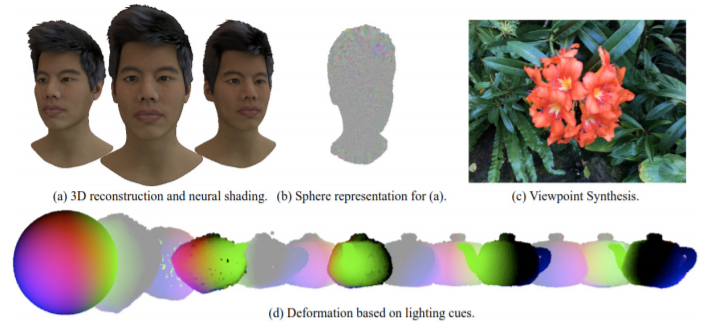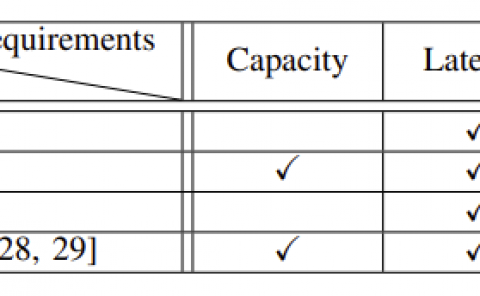Pulsar: Efficient Sphere-based Neural Rendering
PubDate: Dec 2020
Teams: Facebook Reality Labs
Writers: Christoph Lassner, Michael Zollhöfer
PDF: Pulsar: Efficient Sphere-based Neural Rendering

Abstract
We propose Pulsar, an efficient sphere-based differentiable renderer that is orders of magnitude faster than competing techniques, modular, and easy-to-use due to its tight integration with PyTorch. Differentiable rendering is the foundation for modern neural rendering approaches, since it enables end-to-end training of 3D scene representations from image observations. However, gradient-based optimization of neural mesh, voxel, or function representations suffers from multiple challenges, i.e., topological inconsistencies, high memory footprints, or slow rendering speeds. To alleviate these problems, Pulsar employs: 1) a sphere-based scene representation, 2) an efficient differentiable rendering engine, and 3) neural shading. Pulsar executes orders of magnitude faster than existing techniques and allows real-time rendering and optimization of representations with millions of spheres. Using spheres for the scene representation, unprecedented speed is obtained while avoiding topology problems. Pulsar is fully differentiable and thus enables a plethora of applications, ranging from 3D reconstruction to general neural rendering.



